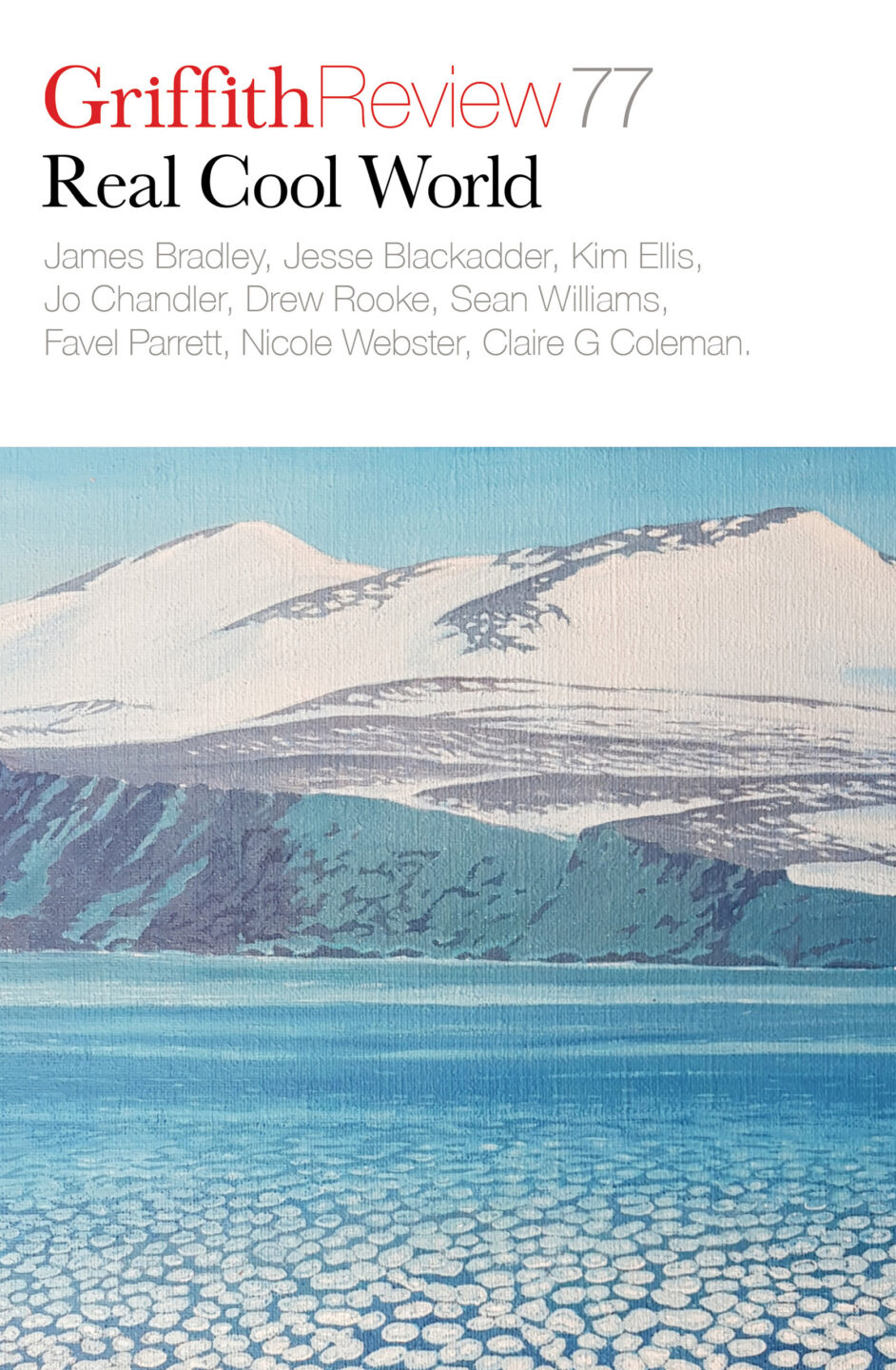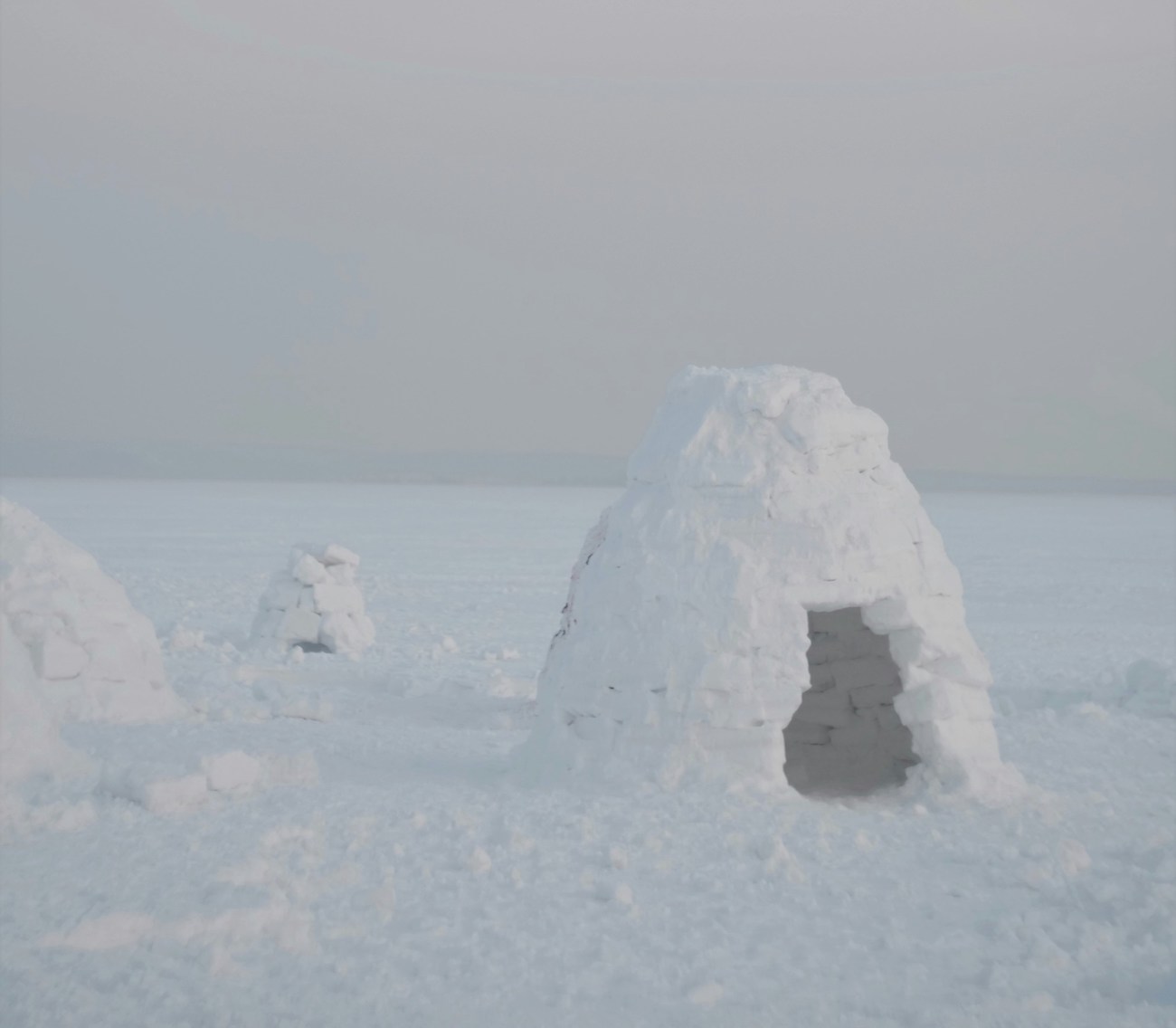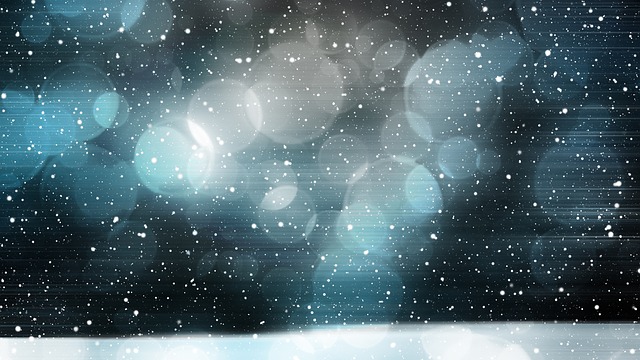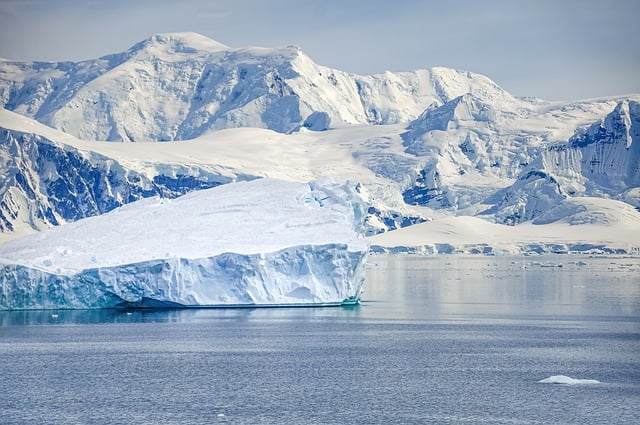Featured in

- Published 20220503
- ISBN: 978-1-922212-74-0
- Extent: 264pp
- Paperback (234 x 153mm), eBook


Already a subscriber? Sign in here
If you are an educator or student wishing to access content for study purposes please contact us at griffithreview@griffith.edu.au
Share article
About the author

Lauren Fuge
Lauren Fuge is a science writer, currently undertaking a PhD in creative writing exploring narratives of climate change. She was previously a journalist at...
More from this edition

Last of the rational actors at the end of the unnatural world
FictionWas it Douglas Mawson who compared Antarctica to Mars?... 'Outside, one might be a lone soul standing on Mars', or something very much like that. 'All is desolation and hard.'

A badly researched history of the Australasian Antarctic Expedition
Poetry The Australasian Antarctic Expedition, headed by Douglas Mawson, explored the Antarctic coast between 1911 and 1914. After losing a sled team and their supplies down...

Inside, and outside
MemoirOn the ship it’s a mix of hurry up and wait – cabins cleaned, bags packed and stacked in the halls, people standing in cabin doorways chatting – the uncertainty of farewells. Especially the twenty-odd Mawson-bound expeditioners – not knowing who to farewell and when.